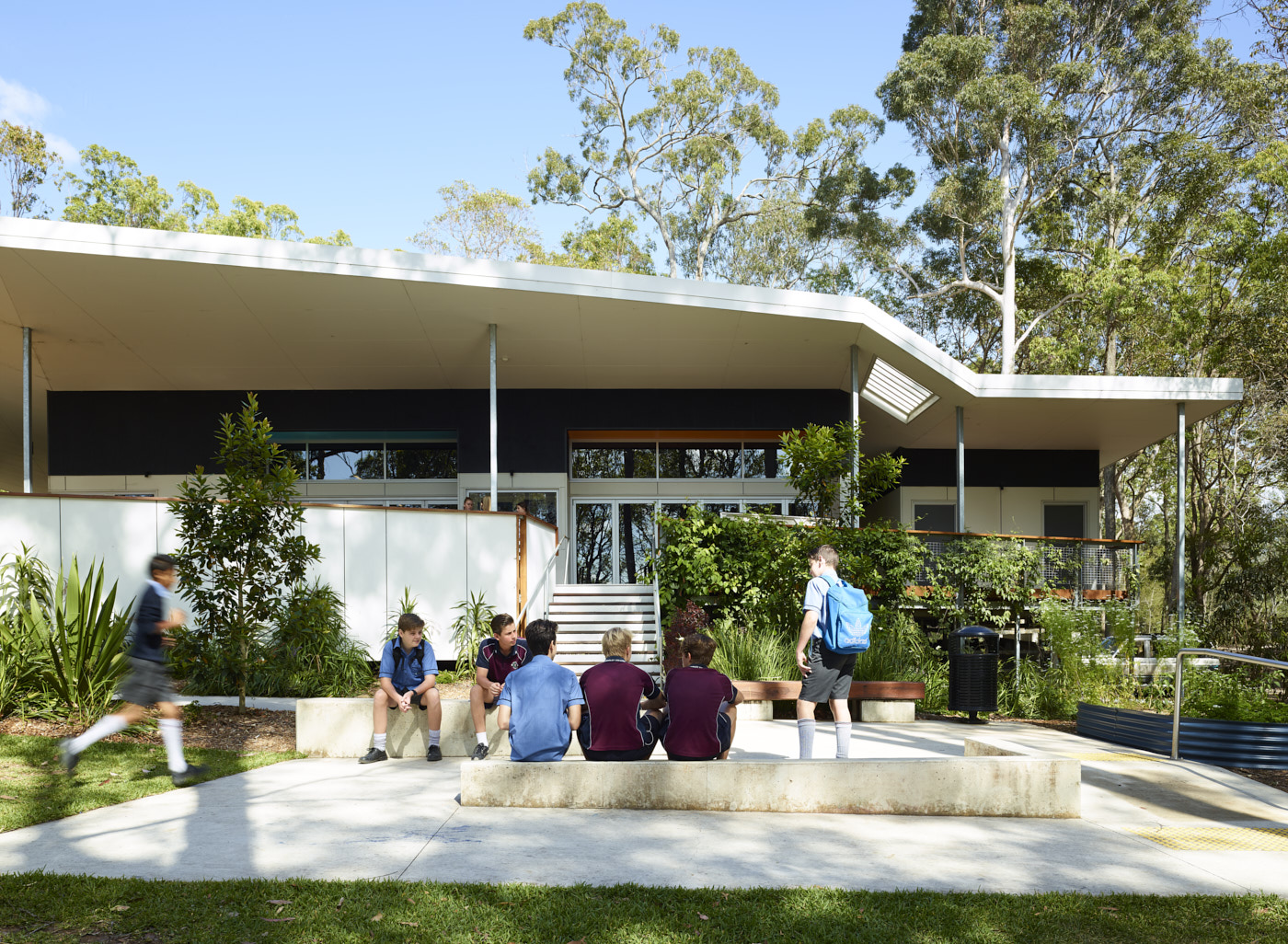Photography by Scott Burrows
By Phil Jackson
With greater demands to decrease costs, and a desire to minimise environmental impact, improve efficiency and increase student learning and performance, schools are starting to recognise the need to become more sustainable.
But with many principals, boards and P&F committees balancing multiple needs, there is often a focus on short-term costs and savings, which can create more resistance around the long-term move towards greater sustainability.
To help you shift your perspective, I’ll explore three reasons why sustainability is needed in schools and how it can give your school and students a greater competitive edge.
1. Improve performance with greater comfort and air quality
Photography by Scott Burrows
While many schools install air-conditioning for the comfort of students and teachers, what most staff members and P&F committees are unaware of is that the quality of air can be dramatically affected. In air-conditioned environments more Carbon Dioxide (CO2) is present in the air, affecting the cognitive ability and learning capability of students in the classroom.
It’s a conundrum, isn’t it? We put students into classrooms and exam rooms that are air-conditioned for their comfort only to create the worst possible air quality for them to perform and compete against other schools in.
The good news is that through sustainable initiatives both the comfort and air quality of classrooms can be improved. While there are times when air-conditioning must be used, there are times when air-conditioning could be minimised through the use of a more effective passive ventilation design (like using louvres) that will allow greater fresh air and breezes through the classroom.
Do measures like this make an impact, you might ask? A study done by the United States Environmental Protection Agency that examined the costs and benefits of green schools for Washington State estimated a 15% reduction in absenteeism and a 5% increase in test scores.
2. Minimise costs and reduce inefficiency
Photography by Scott Burrows
With air-conditioning seen as a necessity, little thought or planning can go into the ongoing cost and maintenance of systems. Energy bills can skyrocket, particularly when there is little education or incentive around minimising air-conditioning use in classrooms.
By linking both passive ventilation methods and air-conditioning to both a smart (automatically switches between passive ventilation, assisted ventilation, or air-conditioning based on settings) and manually controlled system, staff and students can become more conscious of their decision to use air-conditioning within the classroom. The installation of a CO2 monitor (Australian Geographic has a weather system that measures CO2 levels) can also be a valuable teaching tool to show the air quality of each classroom when the air-conditioning is on.
Schools can further encourage more sustainable thinking through the use of incentives, offering a reward to the class who uses air-conditioning the least throughout the term.
A holistic site approach that considers the use of shading, solar power, and LED lighting can also further reduce costs.
3. Boost student engagement with different teaching environments
Photography by Scott Burrows
Photography by Scott Burrows
While children thrive in routine, even their performance can be impacted by working in the same environment all of the time. By creating outdoor classroom environments, teachers and students can venture outside when the weather allows for different learning opportunities.
This not only boosts student engagement, but it also minimises costs of lighting and air-conditioning while providing greater connection to the landscape and better working conditions.
One example of the outdoor classroom idea is the Kimberley College Flexible Learning Area we designed.
Combining adaptable indoor learning spaces with flexible outdoor spaces that are large enough for full class groups, students are given many varied opportunities for interaction, performance, collaboration and connection to nature. The feedback from these outdoor classrooms and others like it have been overwhelmingly positive, with teachers and students both saying they are a pleasure to work in.
Schools that are making sustainability part of their governance are not only reaping the benefits of minimised costs and greater student engagement and performance; they are also addressing one of our greatest social challenges by empowering the next generation to be more environmentally minded.
About the Author
Phil Jackson is a Director of Guymer Bailey Architects and has a passion for sustainable design outcomes and the integration of architecture and landscape. From conception through to construction he ensures the delivery of outstanding projects and satisfied clients through open communication and enthusiasm for every project.






